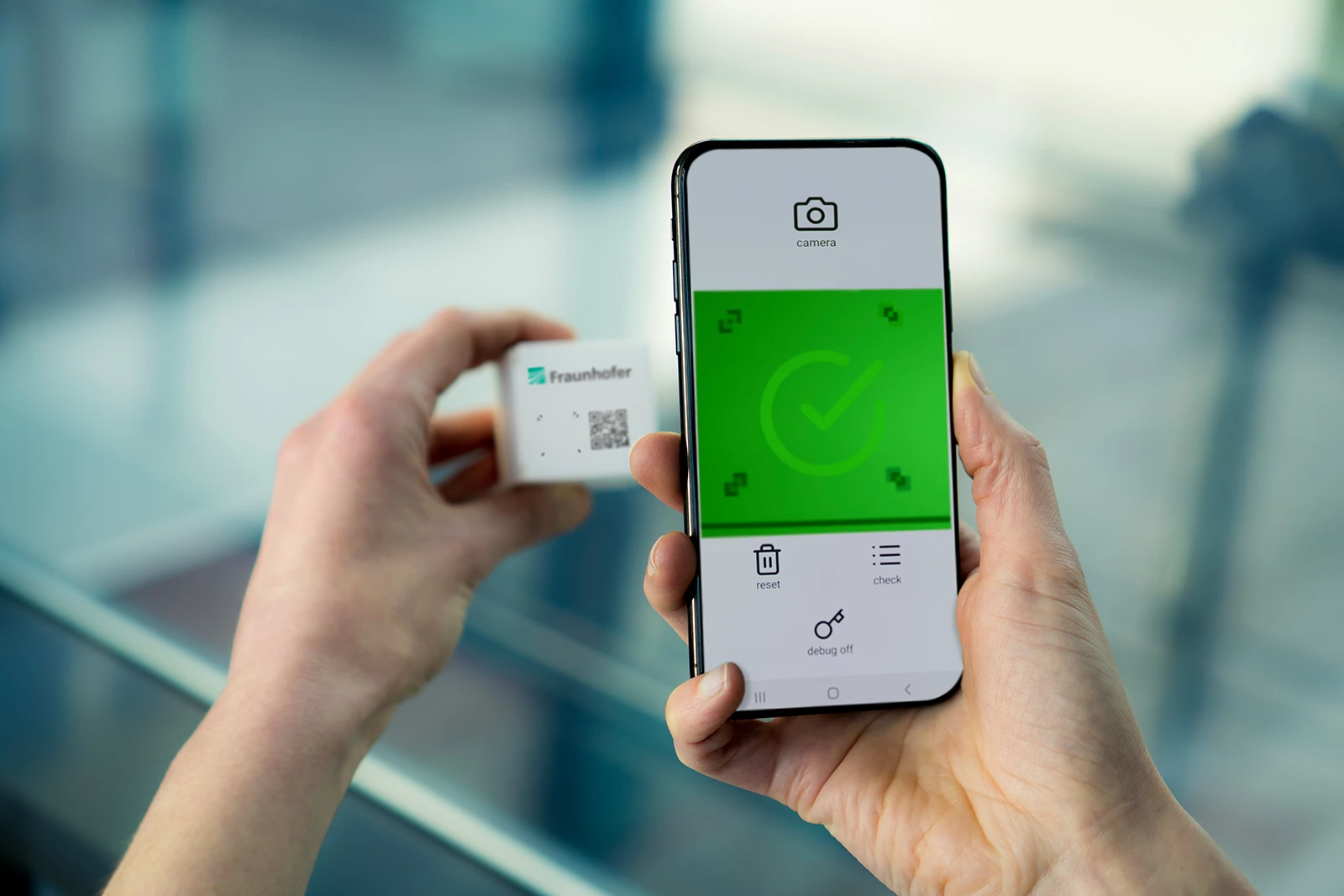While there are now a number of handheld systems for checking if a medication is the genuine article or a counterfeit, most require users to access an online database. The SmartID system, on the other hand, works entirely offline.
Developed by a consortium of Germany's Fraunhofer research institutes, SmartID takes advantage of tiny features which are unique to the surface texture of each individual product's packaging. This means that the surface texture "fingerprint" of one box of Aspirin, for example, will be different from the fingerprint of any other box of Aspirin.
As the medication is being packaged in the factory, a unique QR code is printed onto each individual box (or other type of packaging). That code contains information on its respective box's texture fingerprint. Alongside the QR code is a small blank area, where nothing is printed.
When a consumer or pharmacist wishes to check a product, they just use their smartphone camera to scan both the code and the area beside it. If the fingerprint relayed by the code matches the one that is imaged by the phone, then an app on the phone will let the user know that the product is the real deal – and no internet access or database is necessary.
Of course, counterfeiters could conceivably use the technology on boxes of their own bogus pharmaceuticals. As is the case with virtually all anti-counterfeiting measures, however, the idea is that due to the costs, complexity and specialized hardware required, it wouldn't be worthwhile for most counterfeiters to do so.
The technology could also be applied to products other than medication, such as electronics, alcohol, clothing and other often-counterfeited goods.
Source: Fraunhofer




